Written by: Michelle Cheong Chai Lin
Edited by: Wu Wen Qi

On Wednesday, July 22nd, the Malaysian National News Agency (BERNAMA) organised a webinar titled “COVID-19: New Norm for Journalists – A Regional Perspective”. Moderated by BERNAMA TV producer Tehmina Kaoosji, the session brought together media practitioners from across the region to address the risks and challenges faced by the communication industry in disseminating facts about COVID-19.
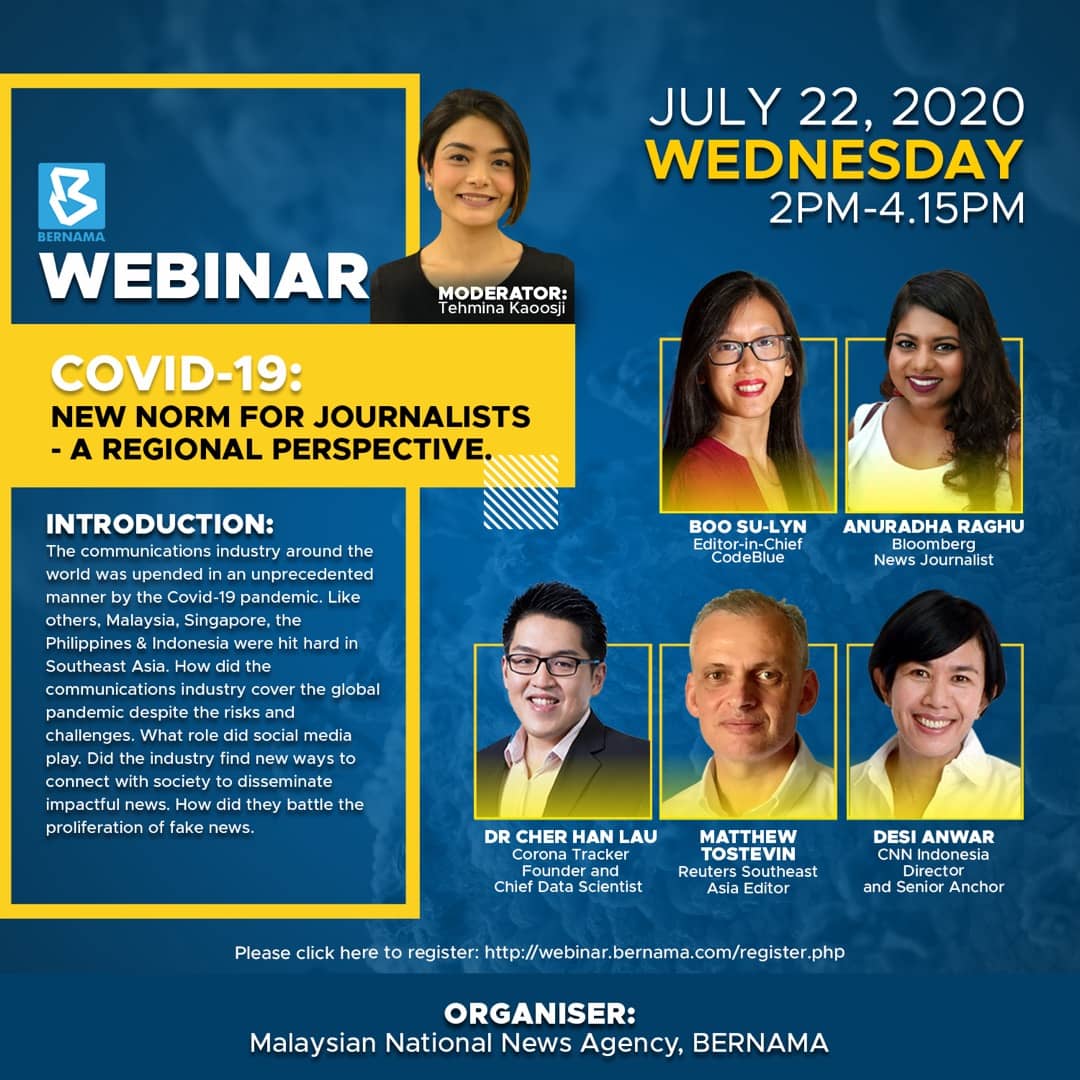
The first session was conducted by Editor-in-Chief of CodeBlue, Boo Su-Lyn. She highlighted Malaysia’s COVID-19 successes as well as challenges in breaking the chain of infections and flattening the curve. Major concerns were brought up in regards to nationwide statistics on the increased unemployment rate (up to 5.3%), recent new clusters, testing rates, and false-negative results. According to Boo, for every 100 people that are screened using the antigen rapid test kit, such as those used at KLIA, 10 may wrongly test negative even though they actually have the virus. Diagrams of travel bubbles (the opening of borders between countries that have shown some extent of success in containing the spread of COVID-19 domestically) sparked questions of why Malaysia was not cited and what could be done to convince the international community of our success story in order for them to open their borders to Malaysia.
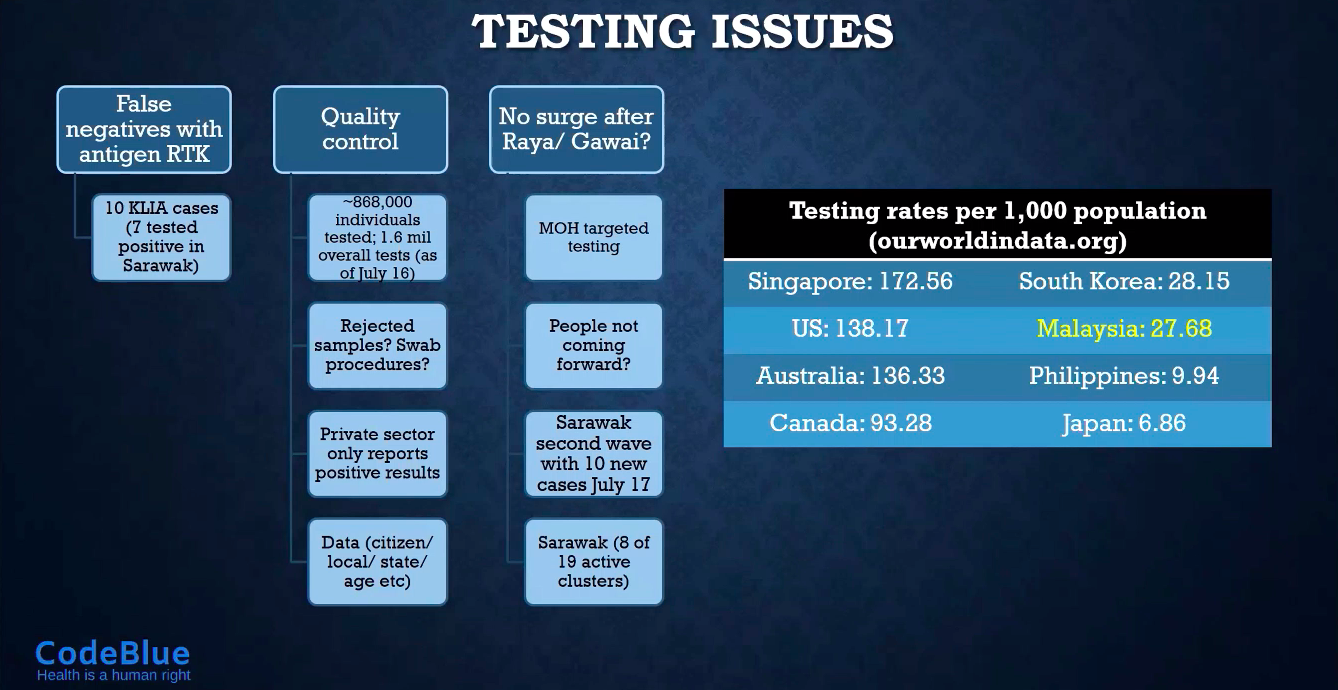
As the Recovery Movement Control Order (RMCO) is now in its final month, it is a struggle to find new ways to motivate the public to continue to comply with the SOP by wearing masks, washing hands, and practising social distancing. On top of this concern is the spread of fake news about what authorities are/aren’t doing, miracle cures, and “disinfection boxes”. Boo advised that people consume information from the official MOH website and mainstream news outlets only.


Bloomberg News journalist based in KL, Anuradha Raghu, led the next session addressing the implications of news reporting during the pandemic. One of the biggest challenges for a reporter is the risk of contracting the virus when venturing out to gather news. Although travelling and social interaction is a big part of newsgathering, the quarantine has caused most journalists to work from home. Major events in the industry, such as conferences, were postponed or cancelled, limiting the collection of photos/video footage, access to media briefings or press conferences, and the opportunity to ask more insightful questions. Virtual counterparts are convenient but fall short in terms of their capability for two-way communication.
While adjusting to the new “workplace”, journalists have also needed to navigate their own mental wellbeing and long-term resilience. Others have lost their jobs. However, media consumption has increased with more and more people staying at home. Raghu explained that Bloomberg showed record-breaking web traffic in Asia and subscription growth has been strong; yet, record readership levels do not correlate with income and it is difficult to foresee what’s in store for the long-term. Journalists have been improvising and getting creative and resourceful to solve problems and get the news out in more accurate and comprehensive ways.
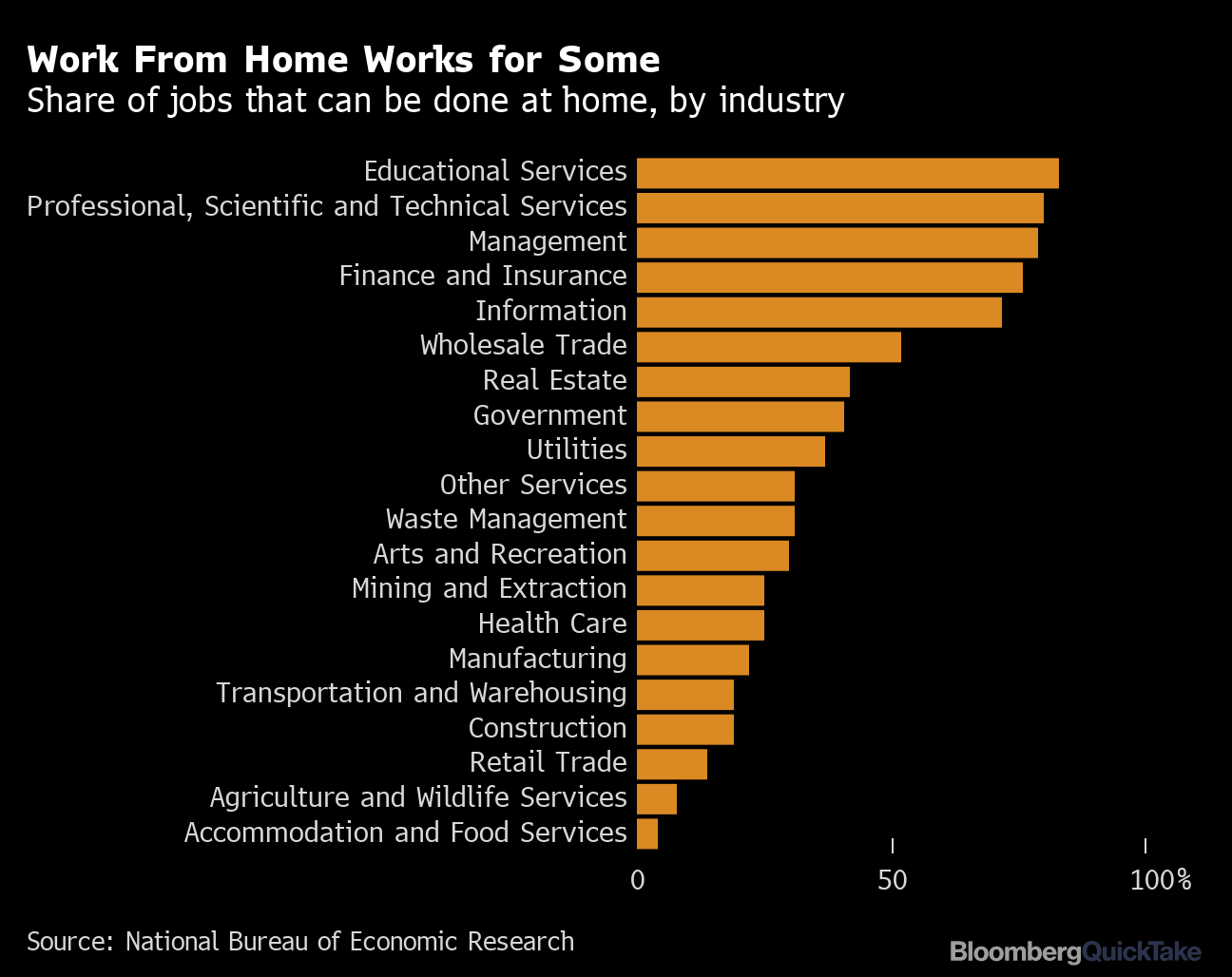
The following session was presented by Corona Tracker Founder and Chief Data Scientist, Dr. Cher Han Lau. Corona Tracker was built as a better system to deliver verified and easily accessible news for both local and international audiences in near real-time.
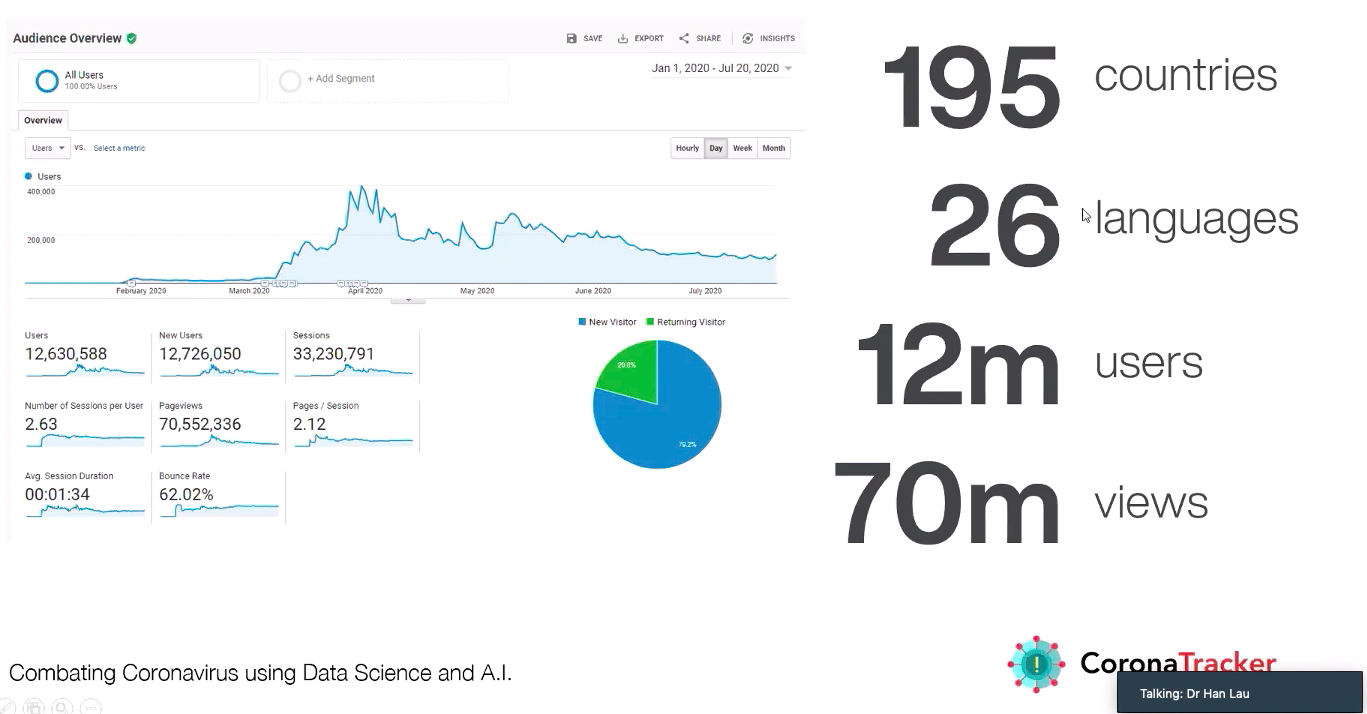
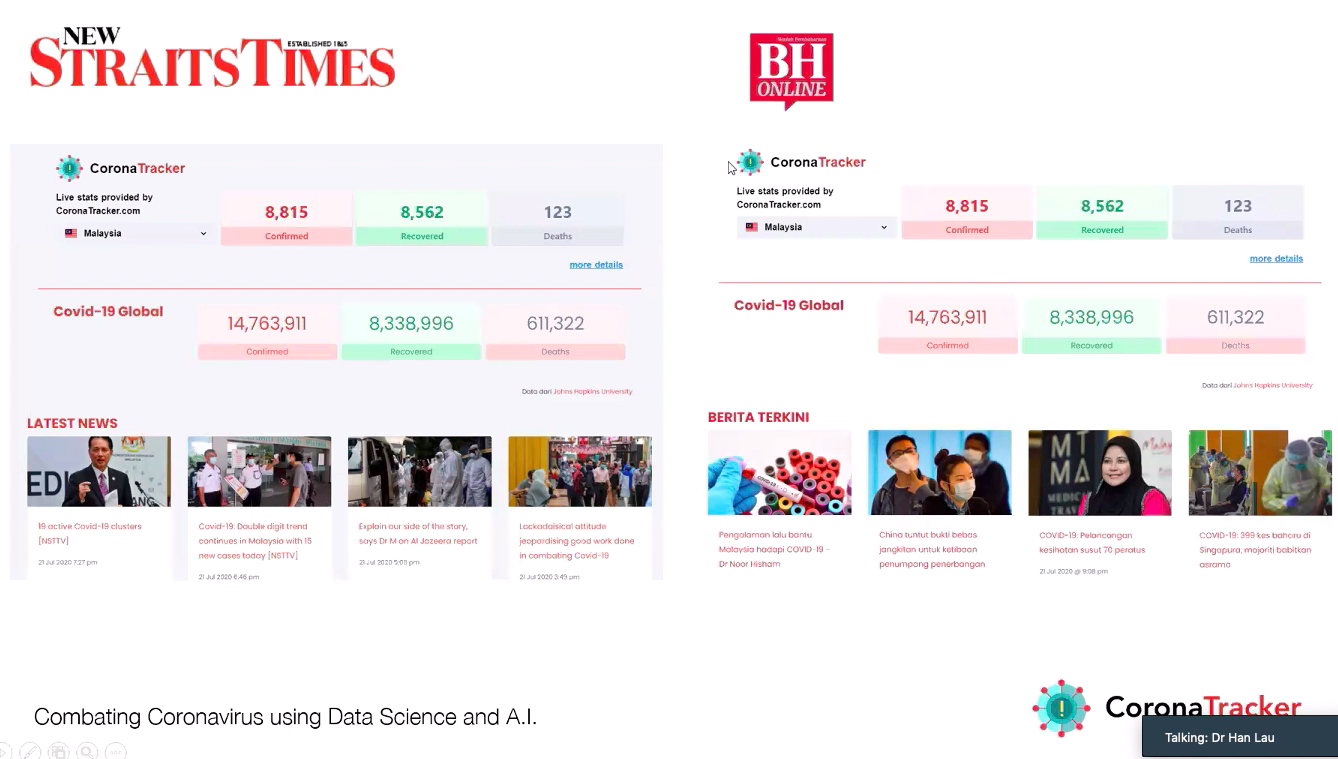
While many trackers exist, this is the only one that analyses unstructured data from different news articles and social media. Seeing such a strong global impression and head start, Dr. Lau said the next steps for their team is to build a COVID-19 A.I. platform to tackle possible problems that could arise after the current phase of the pandemic. With the aid of technology as well as with everyone doing their part, he believes that the battle can be won. He concluded his session by debunking the myth of contact tracing or big data and also explained the purpose of the process was to respond more effectively, help centralise data to be managed easier by relevant authorities, and to connect the dots rather than single out a particular dot.
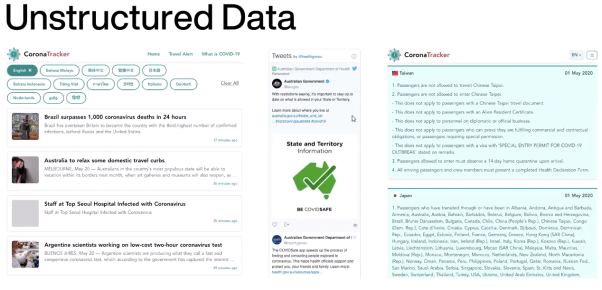
Next, Reuters Southeast Asia Editor, Matthew Tostevin, presented statistics and emphasised the role of the media in providing people with the information needed to help themselves and their community. The media is often questioned by governments and authoritarian states, among others; thus, news organisations bare the responsibility of interpreting data and disseminating this data in a way that is trustworthy and simpler for the public to understand and form their own judgments. This includes going beyond the daily numbers and forming a picture behind the digits, as exemplified by the instance of Reuters members in Bangkok going to hospitals for assignments and journalists in Jakarta going directly to the authorities to retrieve data. Furthermore, Tostevin covered the economic impacts in countries across the region.
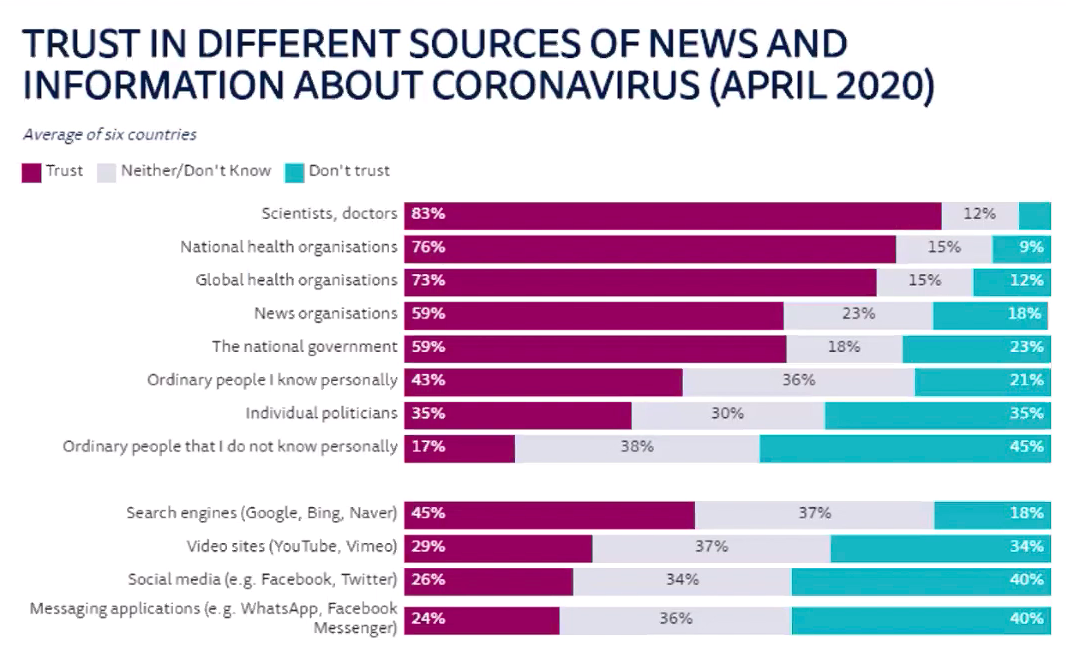
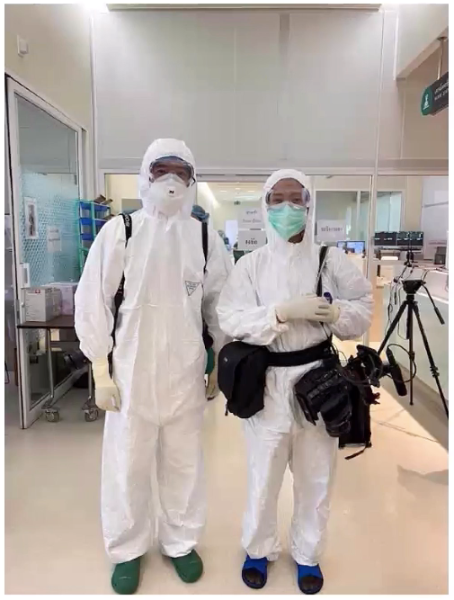
Lastly, CNN Indonesia Director and Senior Anchor, Desi Anwar, spoke of the role of the media in educating people with accurate, factual information, particularly on the topic of something as complicated as COVID-19. Challenges for reporters in Indonesia include the implications surrounding free press, competition for airtime among commercial TV channels, and, with hundreds of local channels, the “pandemic of information”. Early coverage on the pandemic presented a double-edged-sword: people were either sparked with paranoia due to fear-mongering and started panic buying, or showed a lack of concern for they assumed the pandemic to be an “urban” problem only in the epicentre of Jakarta; there was an enthusiasm to fight the virus but a misunderstanding of exactly how to do so; policies between the central, provincial, and municipal governments were confusing. Damage control measures were taken when CNN Indonesia became victims of hoaxes, their titles/subtitles edited to mislead. Anwar herself has made sure to interview only people with credible information such as the Head of Indonesia’s COVID Task Force, scientists, epidemiologists, researchers, developers, and policymakers. Yet, as the cases are increasing, it is also troubling that the level of fear is decreasing. In order to continue educating the public, protocols are broadcasted on both TV and online platforms, reinstating that protecting oneself and others is all to do with personal discipline.
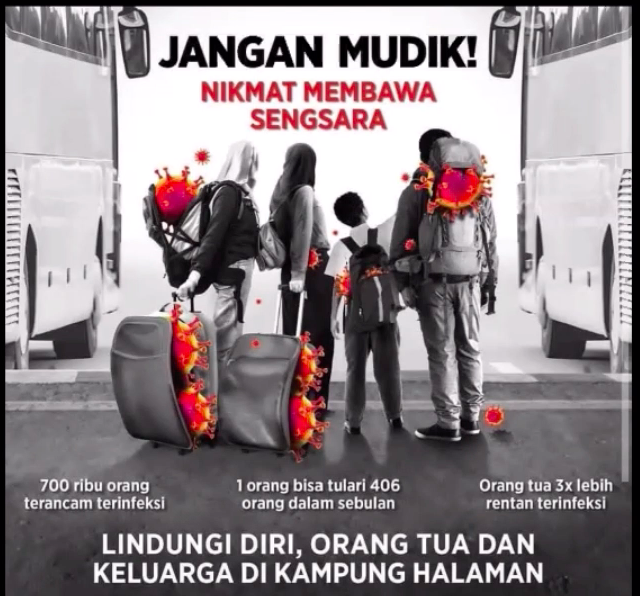
Anwar expressed that mental health and wellbeing should remain an important part of the conversation as well. Finally, she extended her appreciation for the frontliners and the media for their round the clock efforts.

After answering the audience’s questions, the webinar wrapped up successfully with over 100 participants on Zoom



